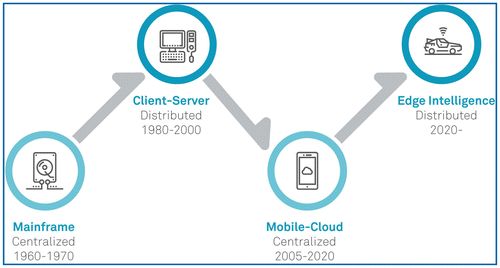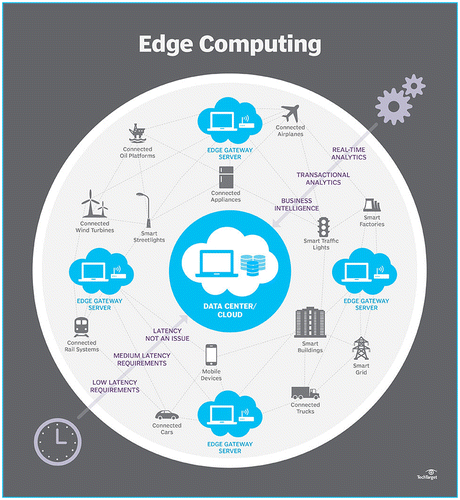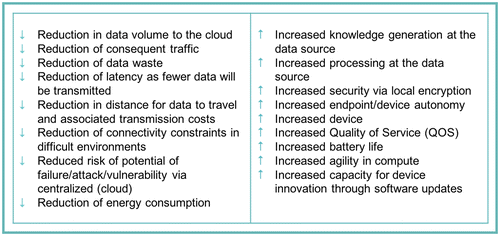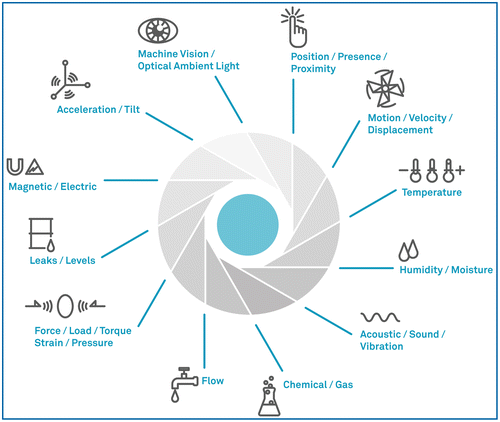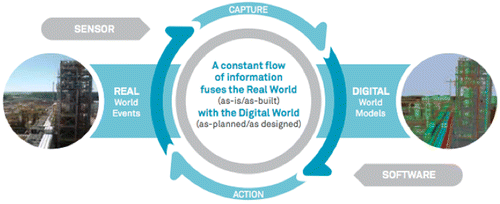Open access
12,960
Views
18
CrossRef citations to date
0
Altmetric
Articles
The future of geospatial intelligence
Juergen DoldHexagon Geosystems, Heerbrugg, SwitzerlandCorrespondence[email protected]
& Jessica GroopmanIndependent Industry Analyst and IoT Advisor, Berkeley, CA, USA
Pages 151-162
|
Received 06 Apr 2017, Accepted 16 May 2017, Published online: 28 Jun 2017
Related research
People also read lists articles that other readers of this article have read.
Recommended articles lists articles that we recommend and is powered by our AI driven recommendation engine.
Cited by lists all citing articles based on Crossref citations.
Articles with the Crossref icon will open in a new tab.


